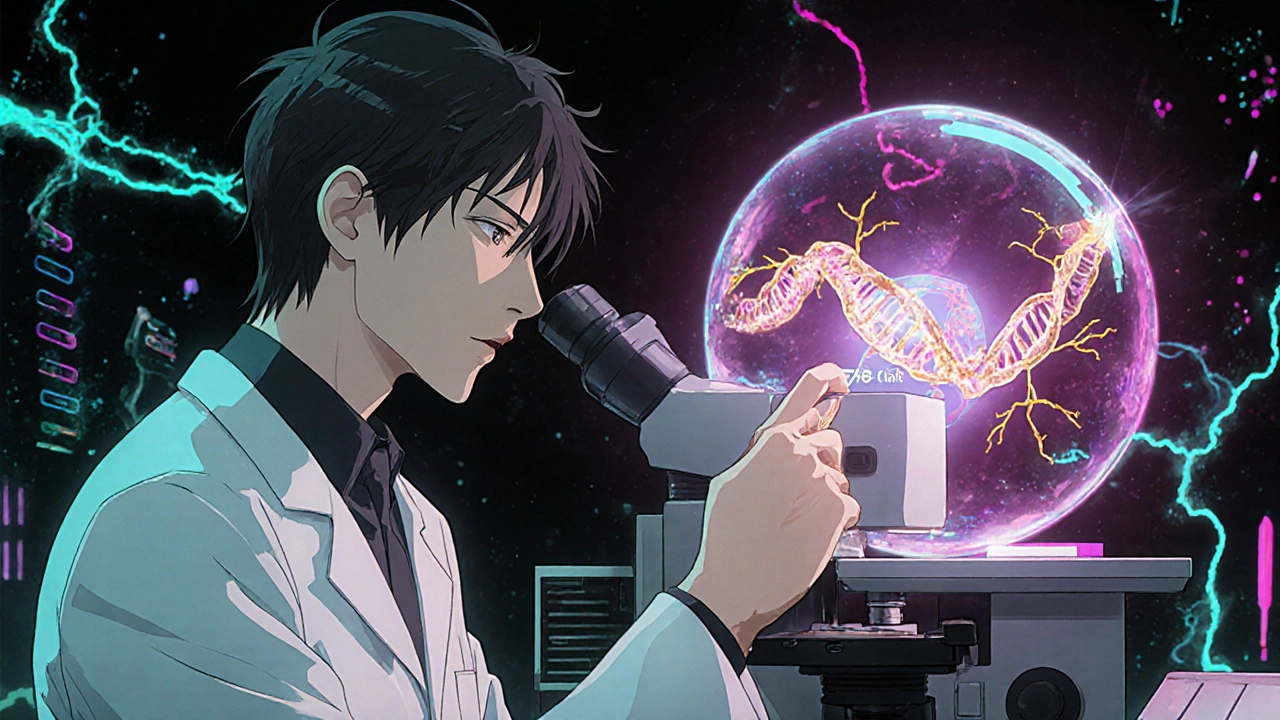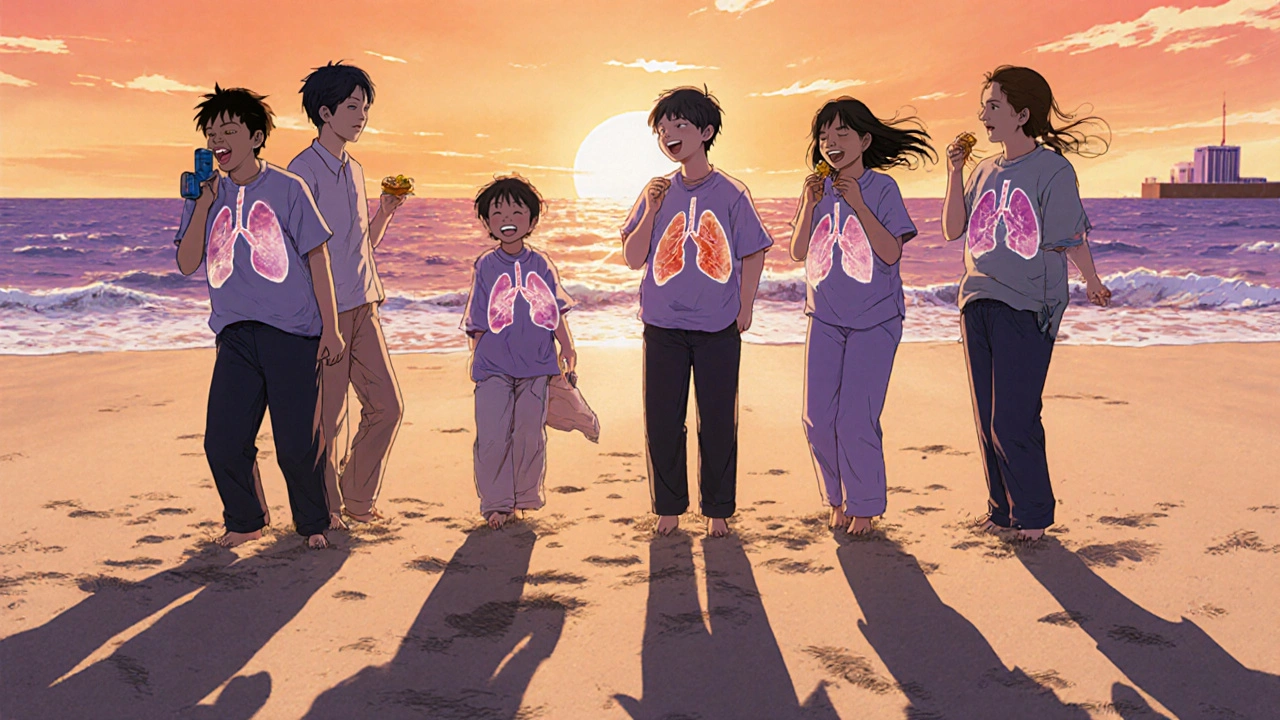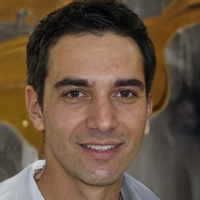Cystic fibrosis isn’t just another lung condition. It’s a lifelong, multi-system genetic disorder that changes how your body handles salt and water at the cellular level. For decades, people with cystic fibrosis (CF) faced a grim reality: most didn’t live past childhood. Today, that’s changed-but not for everyone. The breakthroughs aren’t just about better meds. They’re about fixing the root cause, not just masking symptoms.
What Exactly Is Cystic Fibrosis?
Cystic fibrosis is caused by a defect in the CFTR gene, which controls how chloride moves in and out of cells. When this gene is broken, mucus becomes thick and sticky instead of thin and slippery. That mucus clogs the lungs, pancreas, liver, and reproductive organs. In the lungs, it traps bacteria, leading to constant infections. In the pancreas, it blocks digestive enzymes, making it hard to absorb nutrients. For men, it often means infertility from birth.
The most common mutation, F508del, affects about 70% of people with CF worldwide. But there are over 2,000 known mutations, and not all respond the same way to treatment. Diagnosis usually happens early-thanks to newborn screening, which is now standard in the U.S. and many other countries. A sweat test, measuring chloride levels above 60 mmol/L, remains the gold standard.
Why CF Is Different From Other Lung Diseases
Unlike asthma or COPD, CF isn’t triggered by smoke or pollution. It’s built into your DNA. You inherit it from both parents, who are usually unaware they carry the gene. That’s why it can pop up in families with no history.
Compare it to Primary Ciliary Dyskinesia (PCD), another rare respiratory disease. PCD messes up the tiny hair-like structures (cilia) that sweep mucus out of the lungs. CF? It makes the mucus itself too thick to move-even if the cilia work perfectly. That’s why treatments for PCD focus on clearing mucus physically, while CF now has drugs that fix the problem at the source.
The Treatment Revolution: CFTR Modulators
Before 2012, CF treatment meant hours of daily chest physiotherapy, nebulizers, enzymes, and antibiotics. You managed symptoms. You didn’t stop the disease.
Then came ivacaftor (Kalydeco), the first CFTR modulator. It worked for people with the rare G551D mutation, improving lung function by over 10%. That was a miracle. But it helped only about 4% of patients.
The real game-changer was Trikafta (elexacaftor/tezacaftor/ivacaftor), approved in 2019. It targets the most common mutation, F508del, and works for about 90% of people with CF. Clinical trials showed a 13.8% jump in lung function and a 63% drop in flare-ups. One patient in Australia cut their daily airway clearance from 90 minutes to 20. Another gained 20 pounds in six months-something that used to require feeding tubes.
Today, six CFTR modulators are approved. Vertex Pharmaceuticals holds 95% of this market. Their drugs aren’t cheap-around $300,000 a year in the U.S. But for many, it’s worth it. The median life expectancy for someone born with CF in 2022 is now 50.9 years. In 1960, it was 14.

Who Still Doesn’t Benefit?
Not everyone. About 10% of people with CF have mutations that current modulators can’t fix. These are often Class I mutations-nonsense mutations that stop the protein from being made at all. For them, the old daily grind remains: chest clapping, pills, IV antibiotics, hospital stays.
There’s hope. Clinical trials are testing mRNA therapies to bypass faulty genes, CRISPR gene editing to fix the mutation directly, and new inhaled antibiotics designed to kill stubborn Pseudomonas bacteria. PTC Therapeutics’ Ataluren is in Phase 3 trials for nonsense mutations. It’s not a cure, but it’s a step.
And then there’s the access problem. In the U.S., 85% of eligible patients get modulators. In the EU, it’s 45%. In low-income countries, it’s under 10%. WHO reports that 75% of CF deaths now happen where these drugs aren’t available. This isn’t just a medical issue-it’s a justice issue.
What Daily Life Looks Like Today
For someone on a modulator, life looks different. Many can skip chest physiotherapy. Some no longer need enzyme capsules with every meal. Weight gain is common. Hospital visits drop. School and work become more predictable.
But it’s not perfect. About 3.2% of users report serious liver enzyme spikes, forcing them to stop treatment. Others face financial strain-$1,200 a month out-of-pocket, even with insurance. The Cystic Fibrosis Foundation’s 2022 survey found 42% of modulator users still struggle with costs.
And the burden doesn’t vanish. You still need to stay on top of nutrition, hydration, and infections. You still need regular lung function tests. You still need a care team. But now, you have more energy to do it.

The Future: Beyond Modulators
The Cystic Fibrosis Foundation has committed $100 million to a ‘Path to a Cure’ initiative targeting the 10% left behind. Researchers are exploring:
- Gene editing to permanently fix CFTR in stem cells
- Small molecules that force the body to read through nonsense mutations
- Nebulized drugs that dissolve thick mucus without antibiotics
- Microbiome therapies to crowd out bad bacteria in the lungs
Vertex is already working on next-gen modulators for rare mutations. Other companies are testing inhaled gene therapies that could be given once a year.
The goal isn’t just longer life. It’s better life. No more missed school. No more hospital stays during holidays. No more wondering if your next cough is just a cold-or the start of a lung collapse.
Where to Find Help
If you or someone you know has CF, you’re not alone. The Cystic Fibrosis Foundation runs 260 accredited care centers in the U.S. and offers 24/7 clinical support. Online communities like CF Buddy Connect and Reddit’s r/CysticFibrosis give real-time advice from people living it.
Annual conferences bring together patients, doctors, and researchers. And the Foundation’s guidelines-updated every 18-24 months-are the most trusted source for treatment protocols worldwide.
The science has moved fast. The access hasn’t. But the direction is clear: CF is no longer a death sentence. It’s a chronic condition-one that’s becoming manageable, even for those who were told they wouldn’t see adulthood.
For now, the biggest question isn’t whether new therapies work. It’s whether the world will make them available to everyone who needs them.




Iives Perl
November 27, 2025 at 20:34They're hiding the real cost. $300k/year? That's not medicine, it's a ransom. 🤡
steve stofelano, jr.
November 29, 2025 at 16:13The scientific advancements in CFTR modulator therapy represent a paradigm shift in the management of monogenic disorders. The data supporting Trikafta's efficacy are robust and statistically significant, as demonstrated in multiple Phase III trials. This is a landmark achievement in precision medicine.
Savakrit Singh
December 1, 2025 at 04:32India still can't afford this. 😔 Meanwhile, Americans are getting life-changing drugs while kids in Delhi die from pneumonia because they can't get a nebulizer. Capitalism is a disease too. 💸
Cecily Bogsprocket
December 1, 2025 at 05:34I know someone who started Trikafta last year. She went from needing oxygen at night to hiking with her dog. It’s not just about living longer-it’s about being able to breathe without thinking about it. That’s the real miracle. 🌿
Jebari Lewis
December 2, 2025 at 13:23The fact that 90% of CF patients now have a viable treatment path is one of the greatest triumphs of modern biotech. However, the systemic failure in global access is unforgivable. Why does a life-saving therapy become a privilege based on zip code? This demands immediate policy reform-not just sympathy.
Gaurav Sharma
December 3, 2025 at 10:07Let me guess-Vertex is owned by Big Pharma, which is owned by the Illuminati. They invented CF to sell drugs. 😏
Shubham Semwal
December 4, 2025 at 04:19Bro, if you're still on 90 mins of chest PT after Trikafta, you're doing it wrong. Stop being lazy. 🤦♂️
Sam HardcastleJIV
December 5, 2025 at 08:14One cannot help but reflect upon the existential irony: that humanity has unlocked the molecular architecture of a once-fatal genetic condition, yet remains incapable of ensuring its equitable distribution. The tragedy lies not in the science, but in the social contract we have abandoned.